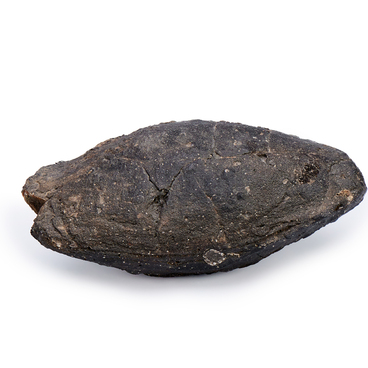Kamchatka snow sheep are identified as a separate population. These animals inhabit the mountainous volcanic areas and seaside terraces of the Kamchatka Peninsula from the extreme south, the flat tundra near Cape Lopatka, to the 65th parallel in the north. Living in harsh natural conditions, snow sheep can withstand long and heavy snowfalls, endure low temperatures down to -40℃, and many days of malnutrition.
Scarce food in the sheep’s habitat, as well as their ability to find shelter from predators on rocky ledges, and often on areas with negative angles, allowed the animals to adapt to the mountain ranges and steep slopes of the peninsula’s seashores.
The Kamchatka snow sheep has a compact, but rather bulky physique, has a powerful neck and back, developed leg muscles, which allow it to move steadily and quickly on rocks. Males are larger and heavier than females. The average body length of a male ranges from 145–180 centimeters, the height at the withers reaches 95–105 centimeters, and the weight can vary from 80 to 145 kilograms.
Adult females weigh up to 64 kilograms. The average body length is 130 centimeters, and the height at the withers is between 80 and 90 centimeters. Lambs are born weighing between 3 and 4 kilograms. They grow rapidly during the first four months, reaching the weight of 25 kilograms by the beginning of winter.
The diet of these animals includes mountain and floodplain herbs, shrubs, lichens and mosses, as well as reindeer lichen, cowberries, blueberries, rose hips and mushrooms. During the daytime the animals prefer to rest in shady areas of rocks at the boundary of light, where they are not easy to detect. At sunset, Kamchatka snow sheep descend to a nearby waterhole. Given the long snowy winters and frequent malnutrition, the animals have adapted to quickly gain fat stores during the short summer and save these stores in winter.
In everyday life, when
exploring new habitats, the snow sheep carefully survey and mark the paths to
future feeding places. The animals move in the mountains along the paths they
have chosen. The natural enemies of the snow sheep include all large
terrestrial predators living in the region: wolf, lynx, bear and wolverine.
Birds of prey, golden eagles and golden eagles, may also attack them.


